Top Things to Know Before Buying an Indoor Garden System
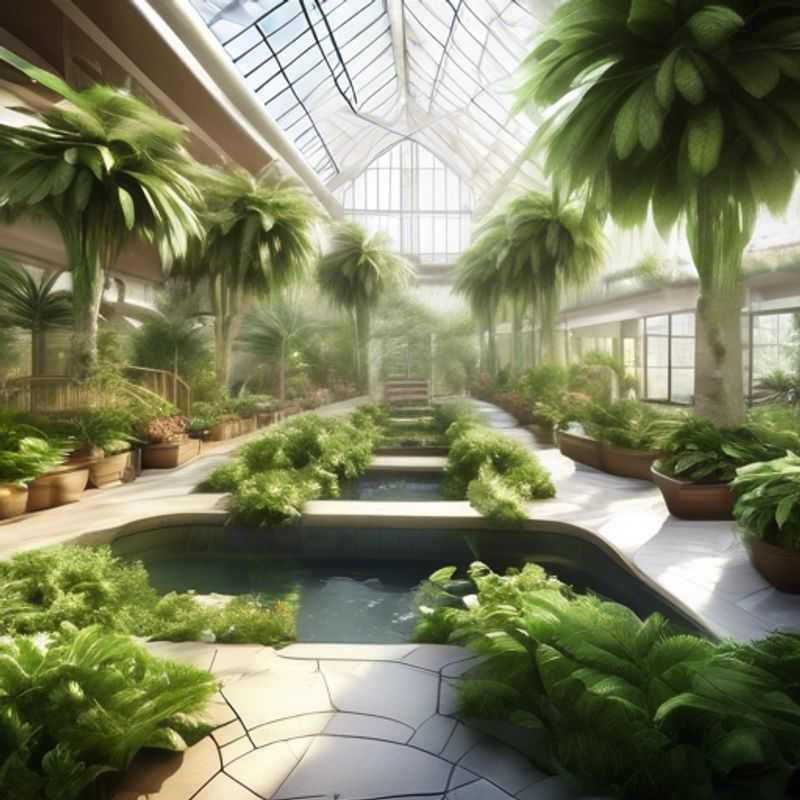
Top Things to Know Before Buying an Indoor Garden System: A Guide for the Budding Urban Farmer
Ah, the allure of fresh herbs and vibrant vegetables right in your own home, year-round!
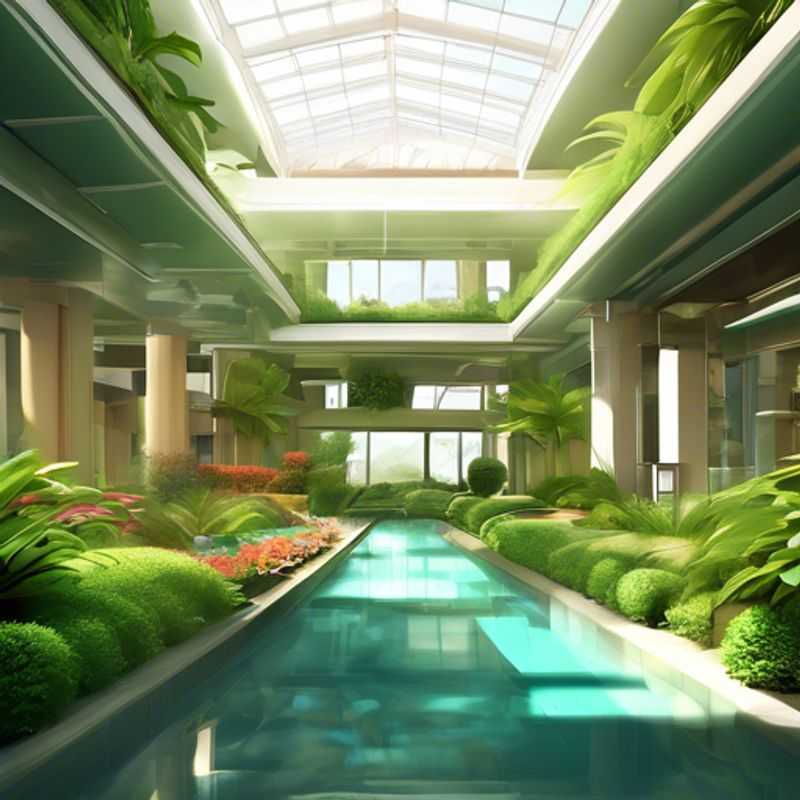
Green Thumbs Up: Calculating Space Requirements for Your Indoor Garden System
Indoor gardening offers a space-saving solution for growing your favorite plants, but understanding the required space for your indoor garden system is vital for success. This article will break down the key factors influencing space requirements and offer tips for efficient setup.
The most important factor is the size of your plants. Determine the mature size of your chosen plants - consider their height, width, and spread. For instance, a small herb garden might fit comfortably on a countertop, while a larger vegetable system may demand a dedicated grow room or closet.
Next, consider the type of system you're using. Hydroponic systems, aeroponic systems, and vertical gardens offer more compact options than traditional soil-based methods. Research the specific dimensions and footprint of the system to ensure it fits your space.
Remember, adequate ventilation is crucial for healthy plant growth. Ensure sufficient airflow around your plants. This might involve incorporating fans or adjusting the arrangement of your garden system. Also, plan for lighting. Indoor gardens require artificial lighting for photosynthesis. Choose the right type and placement of lights, considering the intensity and spectrum required by your plants.
Finally, consider the location and its potential impacts. Are there any obstacles or constraints? Is the area accessible for maintenance and harvesting? A well-planned layout will maximize efficiency and enjoyment of your indoor garden.
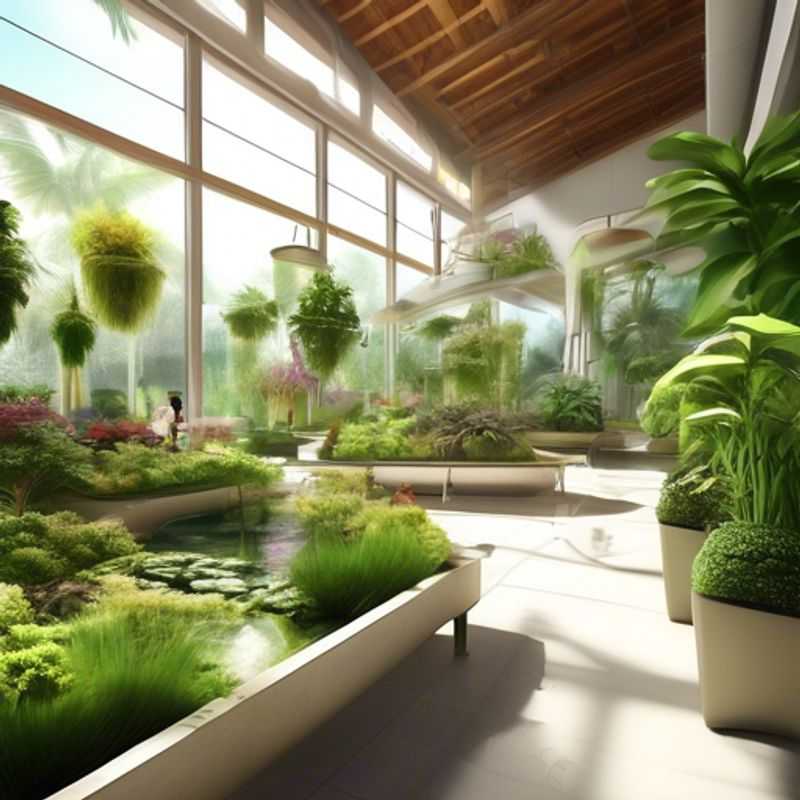
Light Up Your Garden: Understanding Plant Lighting Needs
Researching the lighting needs for the plants you want to grow is essential for successful gardening. Different plants have varying light requirements, which can be categorized into three main groups: full sun, partial shade, and full shade. Understanding these categories will help you place your plants in the right environment.
For full sun plants, expect them to thrive with at least 6 hours of direct sunlight daily. Examples include tomatoes and peppers. Partial shade plants, such as lettuce and ferns, require about 3-6 hours of sunlight. Lastly, full shade plants, like hostas, can survive with less than 3 hours of sunlight.
When planning your garden, consider the angle of sunlight throughout the day and the changing seasons, as this can impact plant growth. Additionally, if natural light is insufficient, you may need to invest in grow lights to supplement their needs. Depending on the type and quality, grow lights can range from $20 to over $200.
Another cost to consider is light timers, which can automate the lighting schedule, typically costing between $10 and $50. Finally, ensure that you have a plan for monitoring light levels, as this can help you adjust the setup for optimal plant health.
By understanding the specific lighting needs of your plants and planning accordingly, you can create a thriving garden that flourishes under the right conditions.
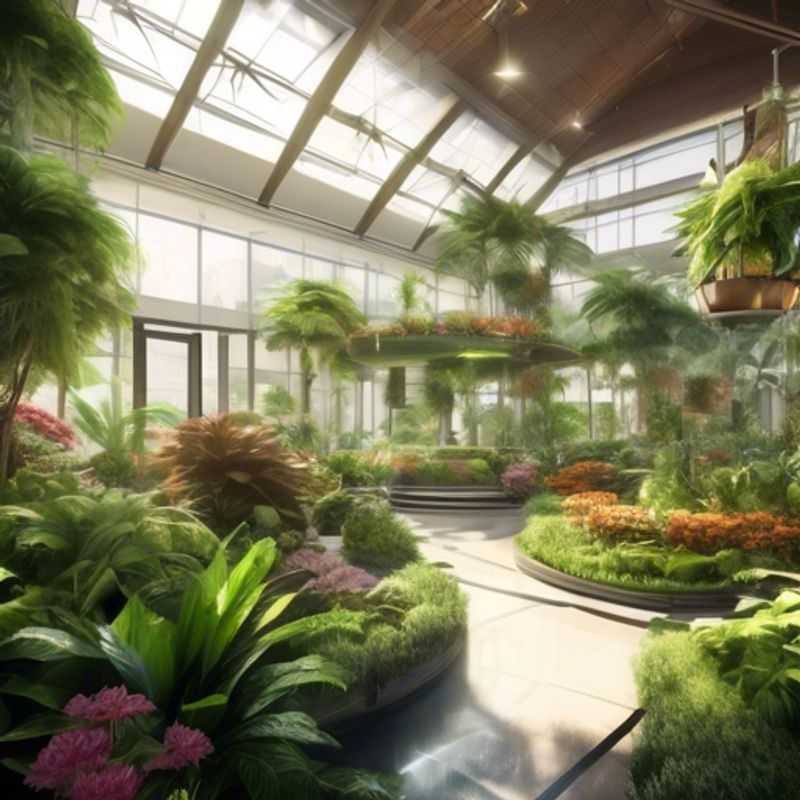
Power Consumption & Ventilation: Factors to Consider for Your Tech
When considering power consumption and ventilation requirements for any system, it is crucial to analyze several key factors to ensure efficiency and safety. First, assess the total wattage of all devices to understand the overall energy demand. This includes calculating peak usage times to avoid overloading circuits. Additionally, consider the type of devices used, such as energy-efficient options, which can significantly reduce overall power consumption.
Next, ventilation plays a critical role in maintaining optimal temperature and air quality. Proper airflow is necessary to prevent overheating of electrical components, which can lead to failures or safety hazards. Ensure that ventilation systems are designed to handle the heat output of all devices, factoring in the size of the space and the number of units in operation.
When planning for these requirements, it is essential to account for installation costs of both electrical systems and ventilation units. Additionally, consider ongoing maintenance expenses, as regular checks and servicing of systems can enhance performance and longevity. Lastly, always factor in potential upgrades or expansions in your calculations, as future needs may arise that require additional power or ventilation capacity.
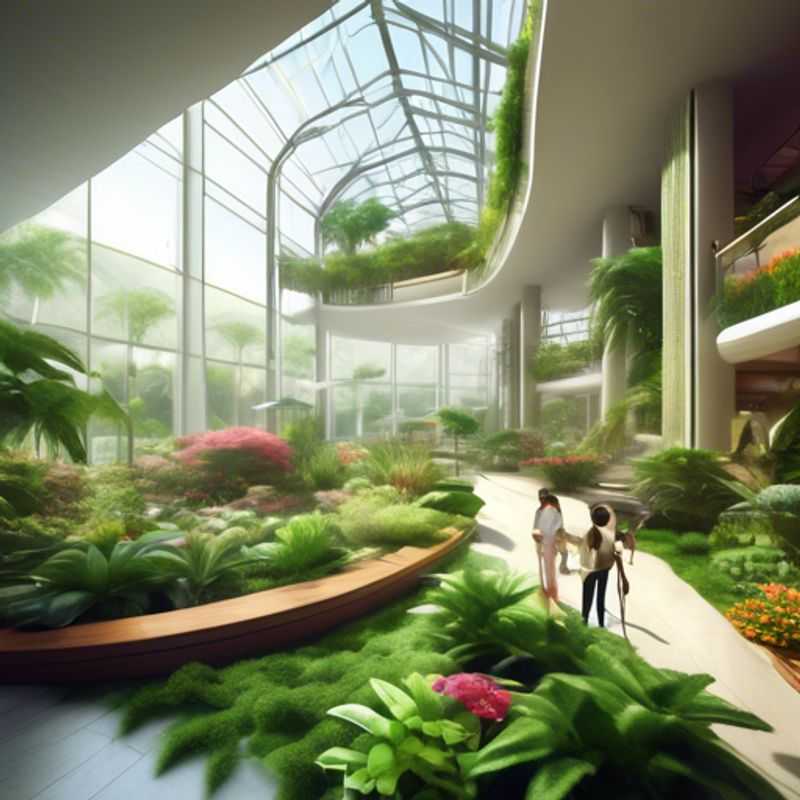
Green Thumbs Up: Mastering Maintenance and Watering Needs
Understanding the maintenance and watering needs of your plants is crucial for their health and longevity. Here's a quick guide to help you get started:
Watering: The frequency of watering depends on the plant type, its size, and the environment. Generally, you should water your plants when the top inch of soil feels dry to the touch. Avoid overwatering, as this can lead to root rot.
Maintenance: This includes tasks like pruning, fertilizing, and pest control. Pruning helps to shape the plant, remove dead or diseased branches, and encourage growth. Fertilizing provides essential nutrients to the plant. You can use organic or synthetic fertilizers, following the instructions on the package. Pest control involves identifying and treating pests that may be damaging your plants.
Remember that the specific care requirements for each plant can vary. It's always best to consult with a local gardening expert or use reputable online resources for specific information about your plants.
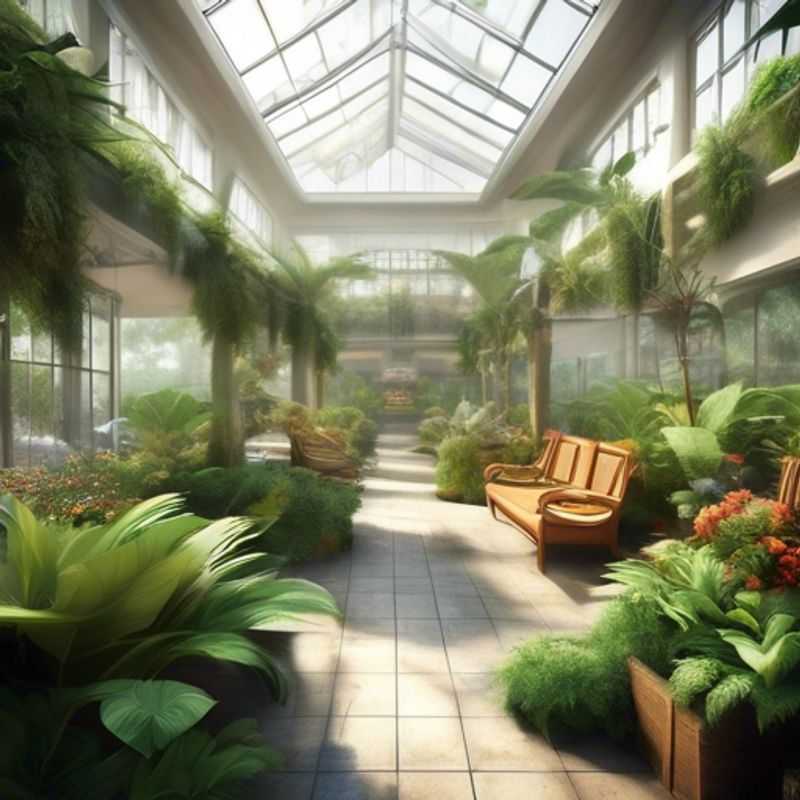
Evaluating Features and Automation Capabilities: A Deep Dive
Evaluating features and automation capabilities is crucial for selecting the right tools and technologies for your business needs. This process involves understanding what features are available, how they work, and their potential impact on your operations. It also includes considering the level of automation offered by different solutions and how it can streamline your processes.
When evaluating features, start by identifying your specific requirements. What problems are you trying to solve? What are your goals? Once you have a clear understanding of your needs, you can compare different solutions based on their features. Look for solutions that offer features that address your specific requirements and provide the functionality you need.
Automation capabilities are also important to consider. Automation can save time and reduce errors by automating repetitive tasks. When evaluating automation capabilities, look for solutions that offer a wide range of automation options. Consider factors like the ease of use, the level of customization available, and the reliability of the automation system.
For example, if you are evaluating customer relationship management (CRM) software, you might look for features like contact management, sales automation, and marketing automation. You would also want to consider the level of automation offered by the CRM. Some CRMs offer basic automation features, while others offer more advanced features like AI-powered automation.
Remember, there is no one-size-fits-all approach to evaluating features and automation capabilities. The best solution for you will depend on your specific needs and requirements. Take your time and carefully consider all of your options before making a decision.
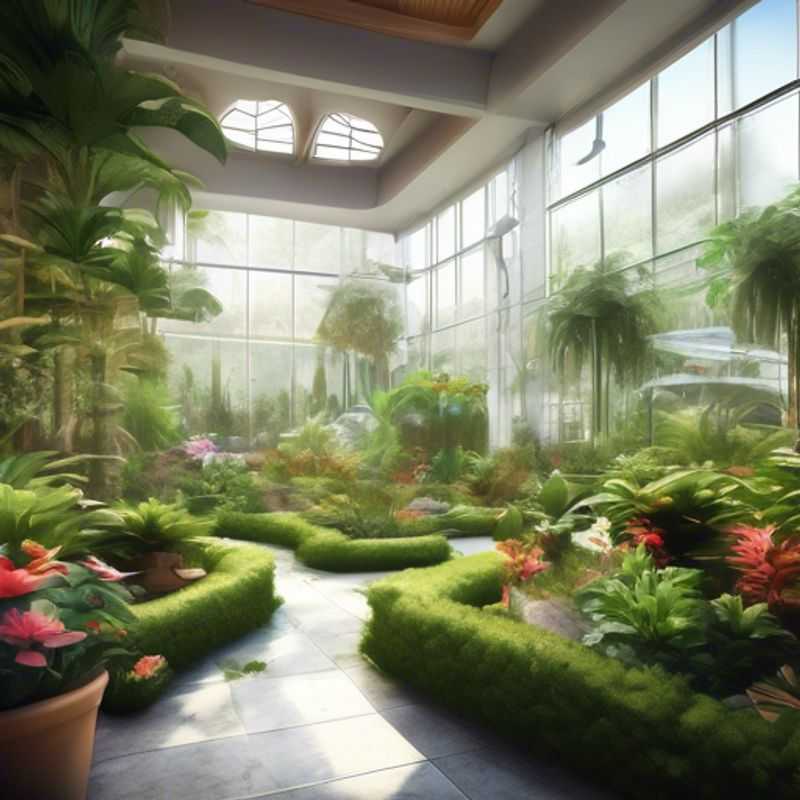
Making Sure It Fits: Checking Compatibility with Your Home Setup
Before diving into a new technology, it's crucial to ensure compatibility with your existing home setup. This ensures a smooth integration and avoids any potential issues or frustrations. Compatibility checks are essential for everything from smart home devices to new software installations.
For instance, connecting a new smart speaker requires verifying that it's compatible with your existing Wi-Fi network and your preferred voice assistant (e.g., Alexa, Google Assistant). Installing a new video game might require checking your computer's specifications against the game's minimum requirements.
Compatibility checks often involve comparing hardware and software specifications, network requirements, and other technical details. Online resources and product documentation can provide valuable insights. Contacting the manufacturer or retailer for support is always a good idea.
Don't hesitate to ask for help if you're unsure about specific compatibility requirements. It's much better to invest a little time in checking compatibility upfront than to deal with potential problems later on.
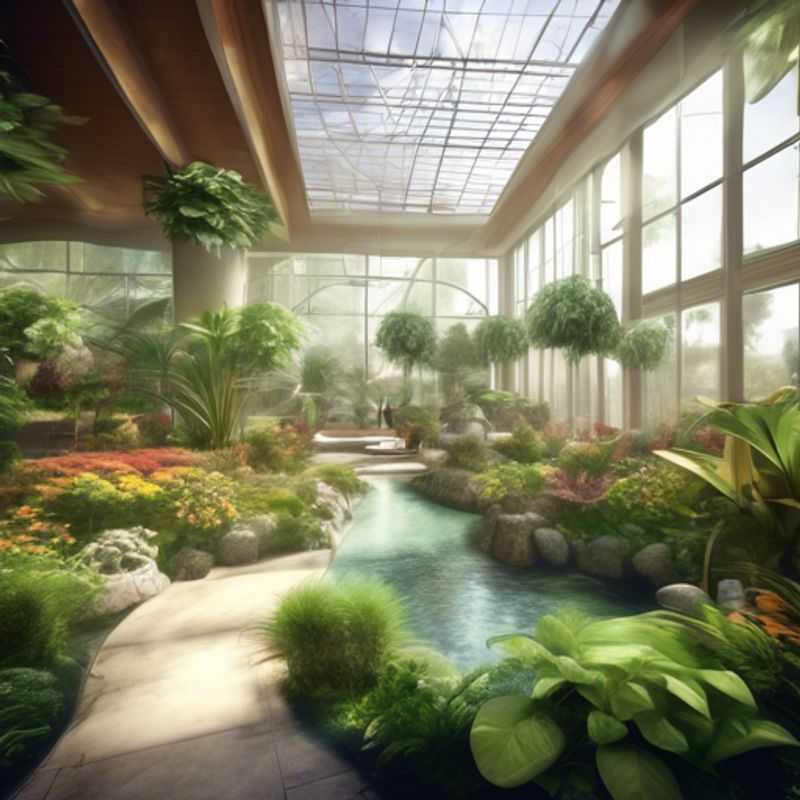
Choosing the Right Seeds or Plants: Your System's Foundation
Choosing the right seeds or plants for your system is crucial for successful growth. There are several factors to consider:
Plant Type: Consider your system's size and the specific plants you want to grow. Some plants are better suited for vertical or horizontal systems, while others require specific growing conditions.
Seed or Seedling: Starting from seeds can be more cost-effective, but requires more time and effort. Seedlings are more expensive but provide a head start and often have higher germination rates.
Variety: Select varieties that are known to be suitable for your climate and growing conditions. You might also consider disease-resistant varieties for better yields.
Source: Purchase seeds or seedlings from reputable suppliers who offer high-quality products. Look for seed companies with certifications like "organic" or "non-GMO."
Cost: Seed and seedling costs can vary depending on variety, quantity, and source. Plan your budget accordingly and explore options for saving money, like seed swaps or community gardens.
Local Adaptation: Consider planting varieties that are well-suited to your local climate. Check with local garden centers or agricultural extensions for recommended options.
Planning Ahead: It's essential to plan your seed or plant selection based on your system's capacity and your desired harvest. Consider factors like spacing, light requirements, and growth cycles.
Remember to do your research and choose seeds or plants that align with your system's capabilities and your desired harvest. It's a crucial step towards a thriving growing environment.
